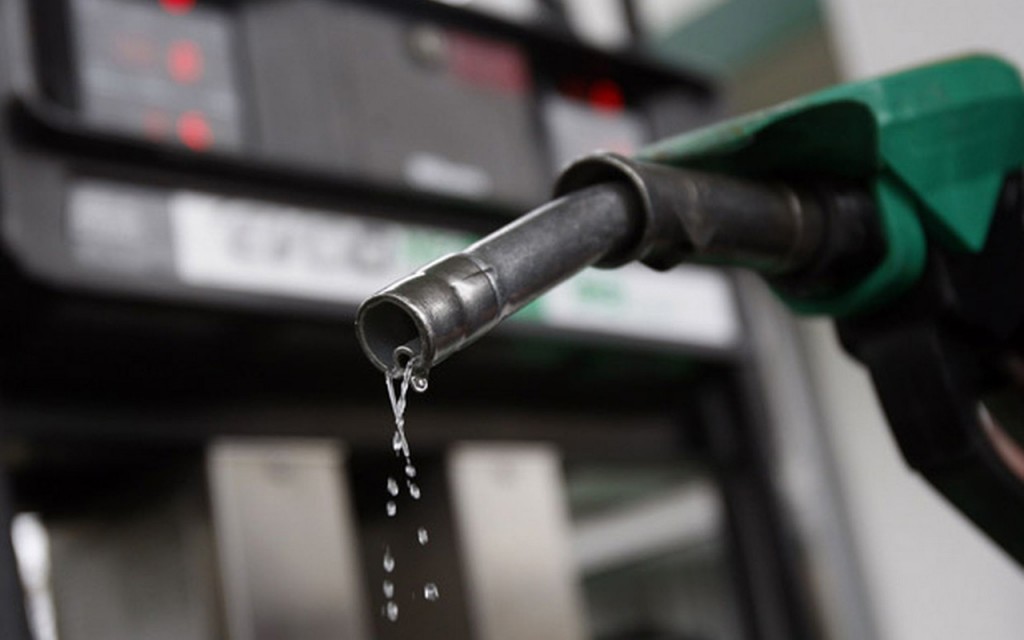Strong oil demand growth in emerging economies led by China and India, but also from Europe, is drawing down oil stockpiles faster than expected, putting the global market firmly on track to rebalance, senior industry executives said on Tuesday.
A surge in demand for diesel and fuel stock draws after Hurricane Harvey have also helped propel benchmark crude prices to nearly $60 a barrel, levels not seen in over two years, analysts said.
Prices rallied in the third quarter as the Organization of the Petroleum Exporting Countries and non-OPEC producers cut output, and as Harvey knocked out nearly a quarter of U.S. refining capacity.
“We see the market over the next six months going well above $60 for a simple reason … surprisingly good demand,” Adi Imsirovic, head of oil trading at Gazprom Marketing and Trading, told the S&P Global Platts APPEC conference in Singapore.
“We see the market tightening strongly, we see oil moving out of storage quite fast,” he added.
The premium of first-month Brent futures over second-month futures is at the highest since April 2016. That market structure, known as backwardation, indicates there is strong immediate demand for oil.
“There are forecasts that demand could pass the threshold of 100 million barrels per day (bpd) of crude and liquids even in the next months or next year,” Eni Trading and Shipping Chief Executive Franco Magnani said at the conference.
“Most of the economies in the world are still growing or relatively stable,” he added.
OPEC and non-members led by Russia decided in May to extend oil output cuts by nine months to March 2018 to tackle a global glut of crude that had led oil prices to halve and their revenues to drop sharply over the previous three years.
Trafigura, one of the world’s top commodity trading houses, now expects global demand to outstrip demand by 2 million to 4 million barrels per day (bpd) by the end of 2019 as a sharp drop in investments in recent years leads to a decline in output.
What’s taken many in the industry by surprise is strong demand for distillates such as diesel, heating oil and jet fuel.
“The big surprise … has been on the distillate side, where it looks like we will hit 1.6 percent growth,” Matti Lehmus, vice president of oil products at Finnish refiner Neste Oil, said last week at an industry gathering in Brussels.
Global demand growth is higher than that seen in the last couple of years, “coming somewhere close to 1.6 to 1.7 million barrels per day and is driven by distillates”, Janet Kong, BP’s chief executive, supply and trading, Eastern Hemisphere, told the Singapore conference.
Strong fuel demand was compounded by damage caused by Harvey, which hit the U.S. Gulf Coast in August, reducing refining capacity and leading to large-scale fuel stock draws and increased imports.
“This is a products-led rally … Even prior to Harvey, products were driving the (price) rally and were incentivising high refinery runs … What Harvey did is accelerate a process that was already under way,” said Robert Campbell, head of oil products analysis at Energy Aspects.
Despite strong fuel demand and soaring Brent prices, U.S. crude futures have risen much less, widening their discount against Brent to its widest since August 2015.
Jeffrey Currie, Goldman Sachs’ head of global commodities research, said this was in part due to the ability of U.S. shale producers to raise output despite low prices.
Still, to keep up momentum in market rebalancing, OPEC and non-OPEC producers will have to extend output cuts beyond next March, said Nadia Martin Wiggen, senior vice president of markets at Rystad Energy, Reuters reports.














